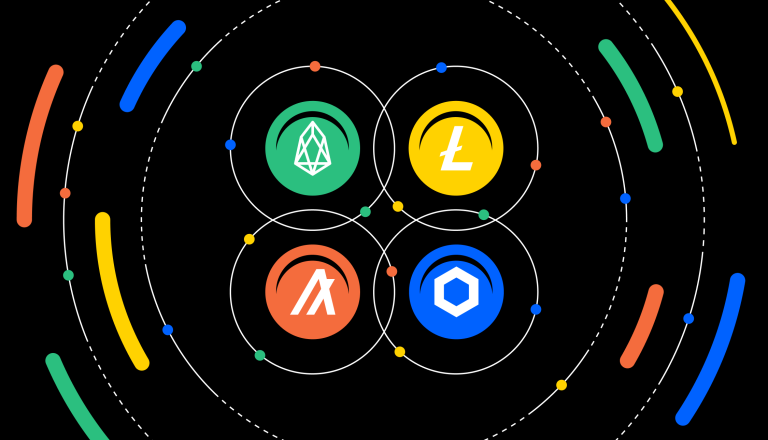How do DeFi projects generate profit?
DeFi projects offer a wide range of financial services, including lending, borrowing, trading, and asset management.

Decentralized finance (DeFi) is a financial system that is built on blockchain technology. DeFi projects are not controlled by any central authority, such as a bank or government. Instead, they are governed by smart contracts, which are self-executing contracts that are stored on the blockchain.
DeFi projects offer a wide range of financial services, including lending, borrowing, trading, and asset management. DeFi projects are often more efficient and less expensive than traditional financial institutions. They also offer a number of advantages, such as transparency, accessibility, and security.
How do DeFi projects generate profit?
DeFi projects generate profit through a variety of methods, including:
- Transaction fees: Many DeFi projects charge a small fee for each transaction that takes place on their platform. These fees help to cover the costs of running the platform and to generate profits for the project.
- Interest from loans: Some DeFi projects offer lending and borrowing services. When users lend their assets to the project, they earn interest on their loans. The project can then use these assets to generate profit through other investments.
- Trading fees: Some DeFi projects offer decentralized exchanges (DEXes), which are platforms where users can trade cryptocurrencies. DEXes typically charge a small trading fee on each trade. This fee helps to generate profit for the project.
- Other revenue streams: Some DeFi projects generate profit through other methods, such as selling advertising space or offering premium services.
Benefits of using DeFi
There are a number of benefits to using DeFi, including:
- Transparency: DeFi projects are transparent because all transactions are recorded on the blockchain. This means that users can easily track their funds and see how the project is using their assets.
- Accessibility: DeFi projects are accessible to anyone with an internet connection. There are no restrictions on who can use DeFi services.
- Security: DeFi projects are secure because they are built on blockchain technology. Blockchain technology is very resistant to hacking and fraud.
Examples of DeFi projects that generate profit
Here are a few examples of DeFi projects that generate profit:
- Uniswap: Uniswap is a DEX that allows users to trade cryptocurrencies without the need for an intermediary. Uniswap charges a small trading fee on each trade.
- Aave: Aave is a lending and borrowing platform that allows users to lend and borrow cryptocurrencies. Aave charges interest on loans and uses the interest to generate profit for the project.
- Compound: Compound is a lending and borrowing platform that is similar to Aave. Compound charges interest on loans and uses the interest to generate profit for the project.
- MakerDAO: MakerDAO is a project that maintains the Dai stablecoin. Dai is a stablecoin that is pegged to the US dollar. MakerDAO generates profit through fees and by lending out Dai.
DeFi projects generate profit through a variety of methods, including transaction fees, interest from loans, and trading fees. DeFi offers a number of advantages over traditional financial institutions, such as transparency, accessibility, and security. There are a number of DeFi projects that are generating profit, such as Uniswap, Aave, Compound, and MakerDAO.
The DeFi space is still in its early stages of development, but it is growing rapidly. As the DeFi space continues to grow and mature, it is likely that we will see even more innovative and profitable DeFi projects emerge.
It is important to note that DeFi is a risky space. There have been a number of hacks and scams in the DeFi space. It is important to do your research before investing in any DeFi project.
What's Your Reaction?















